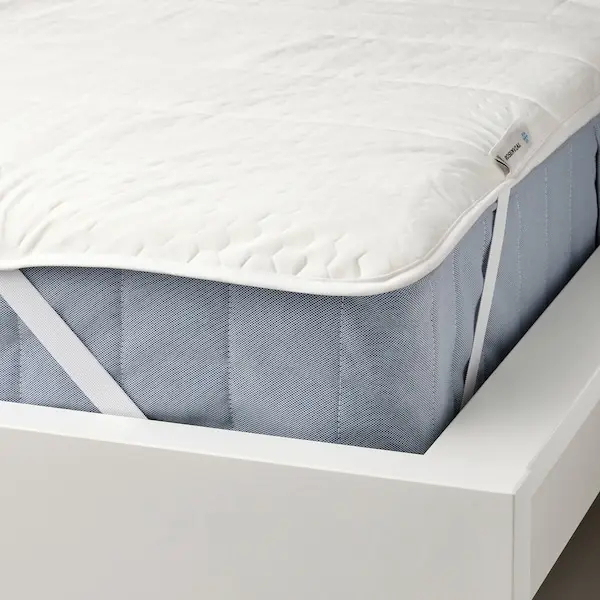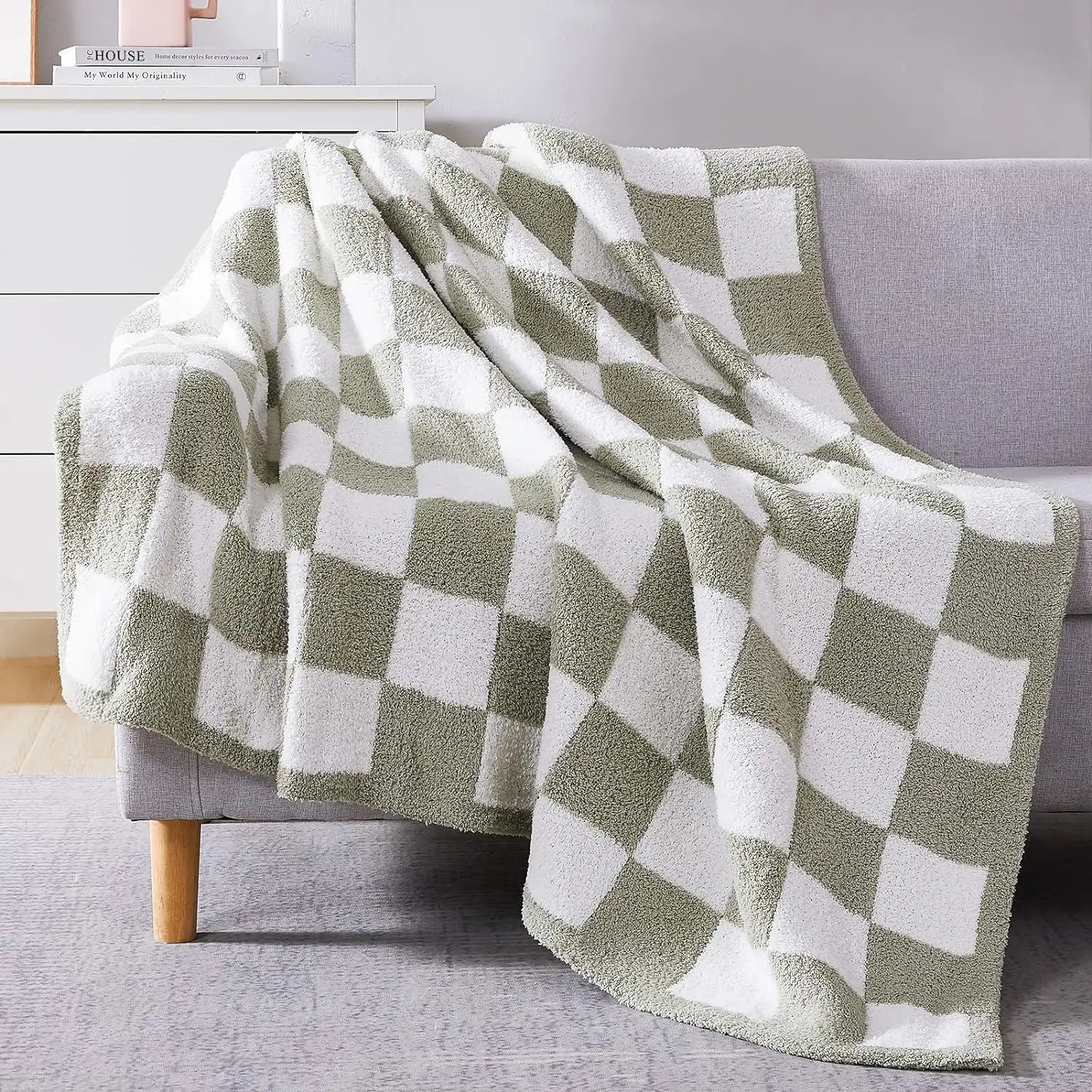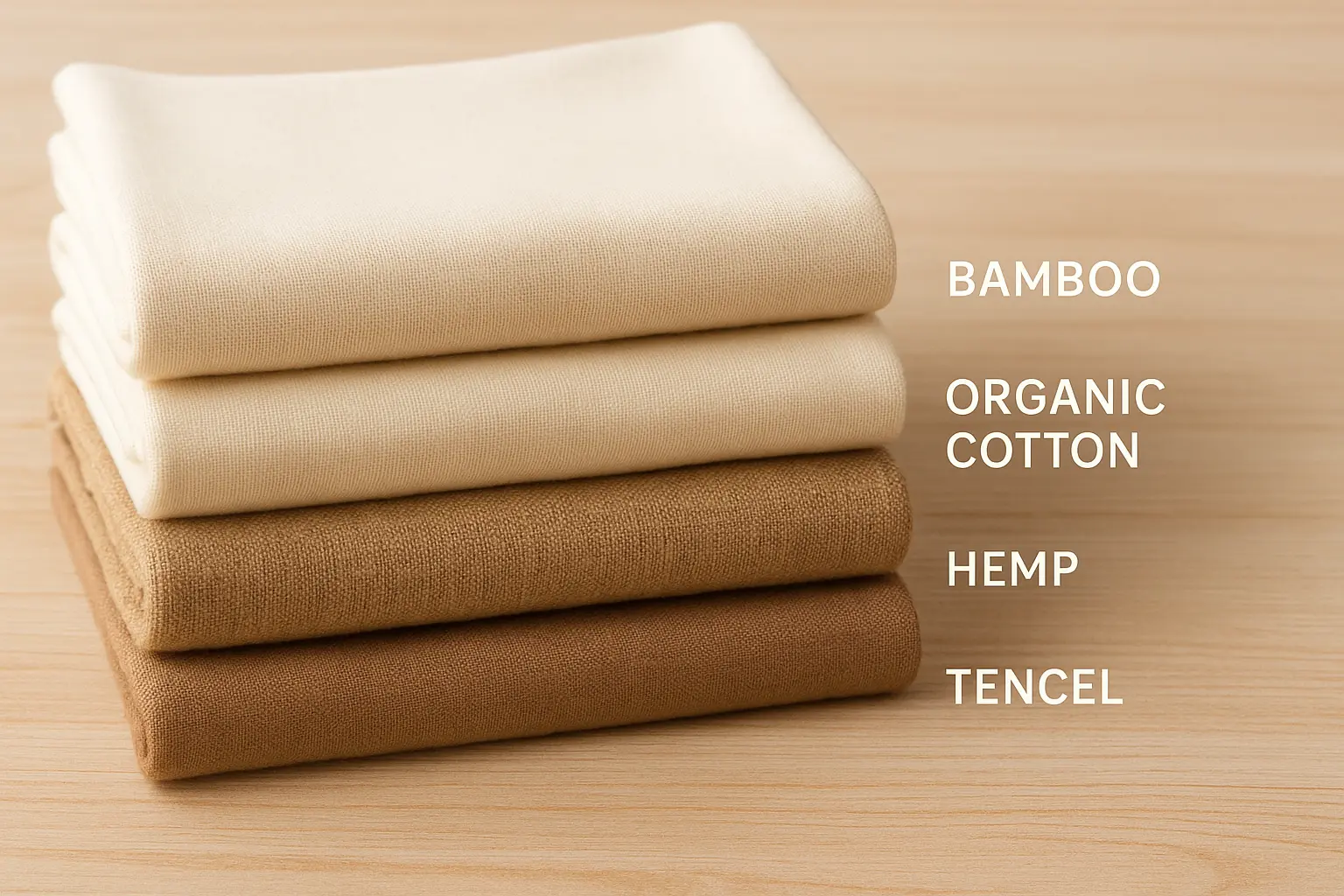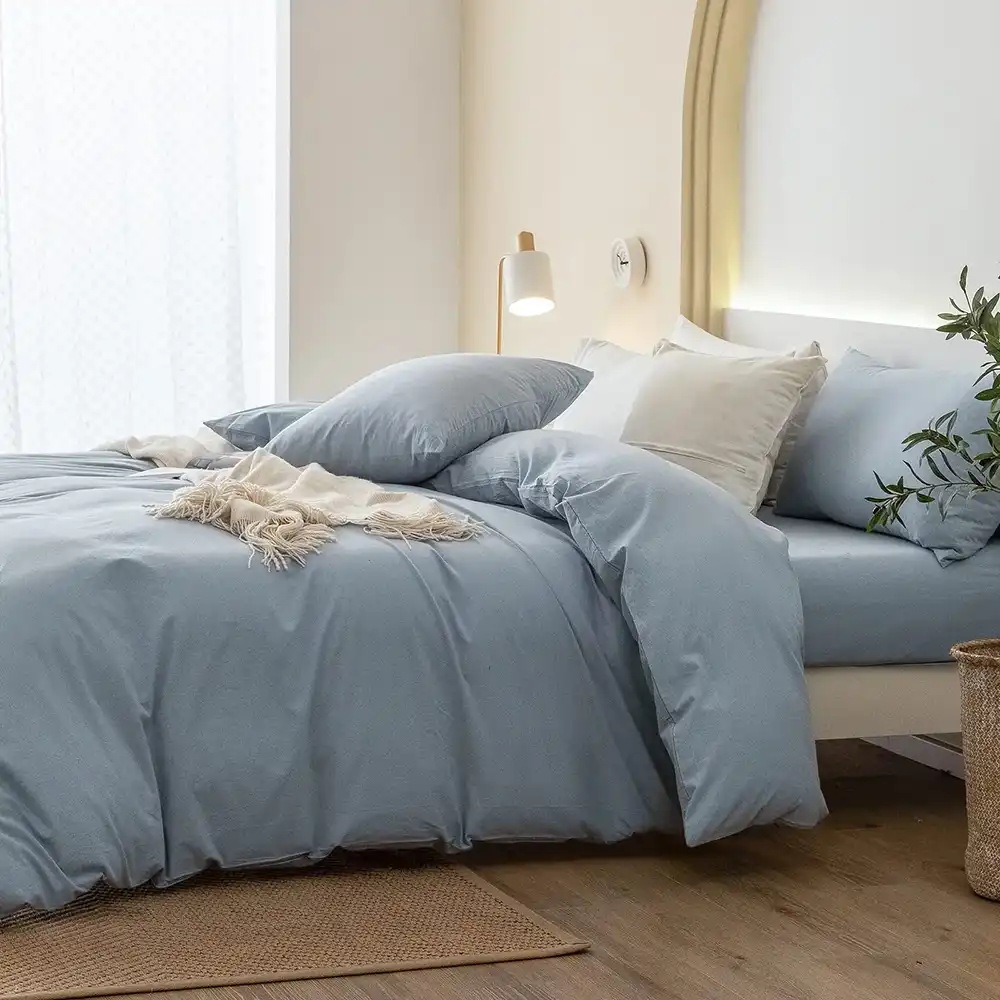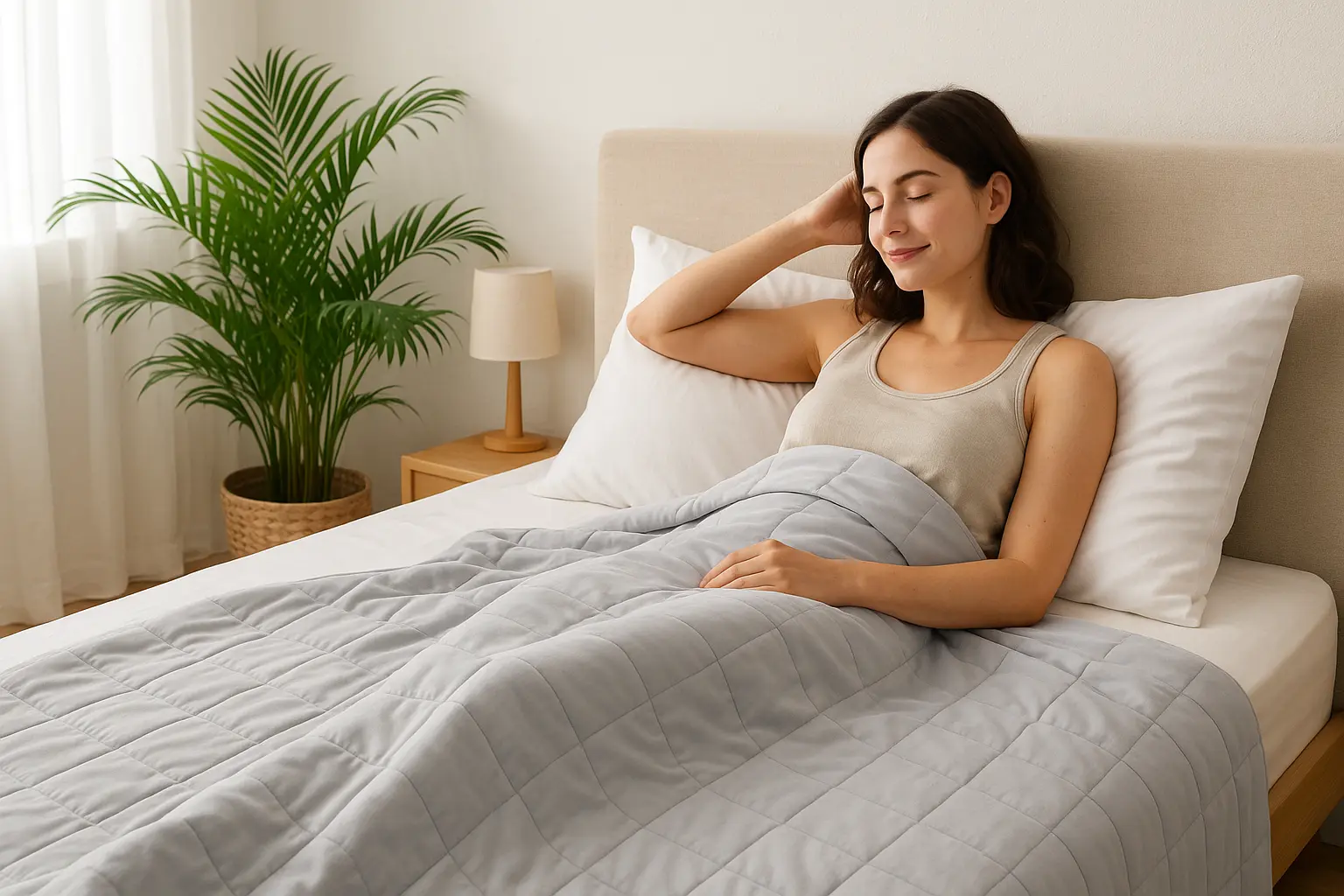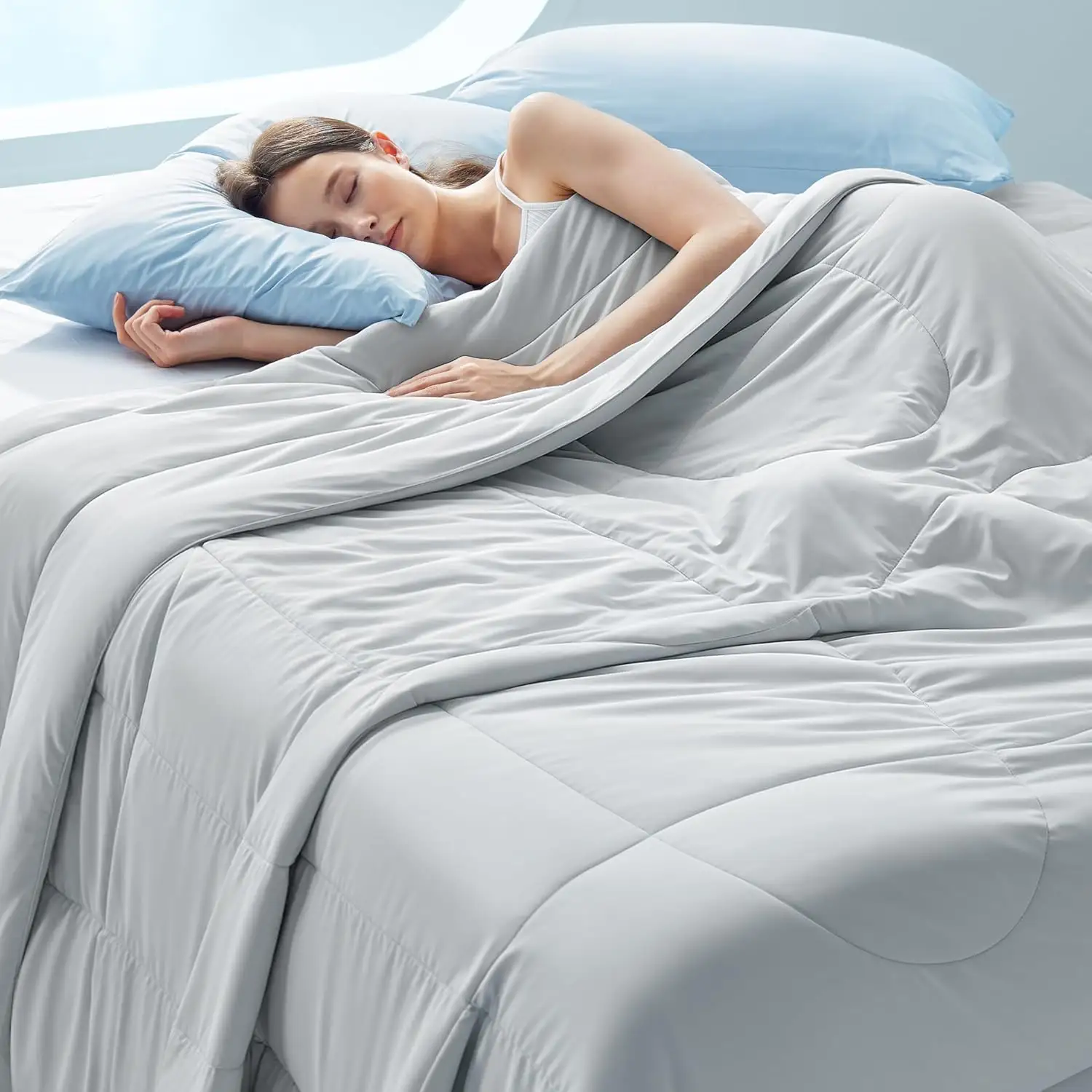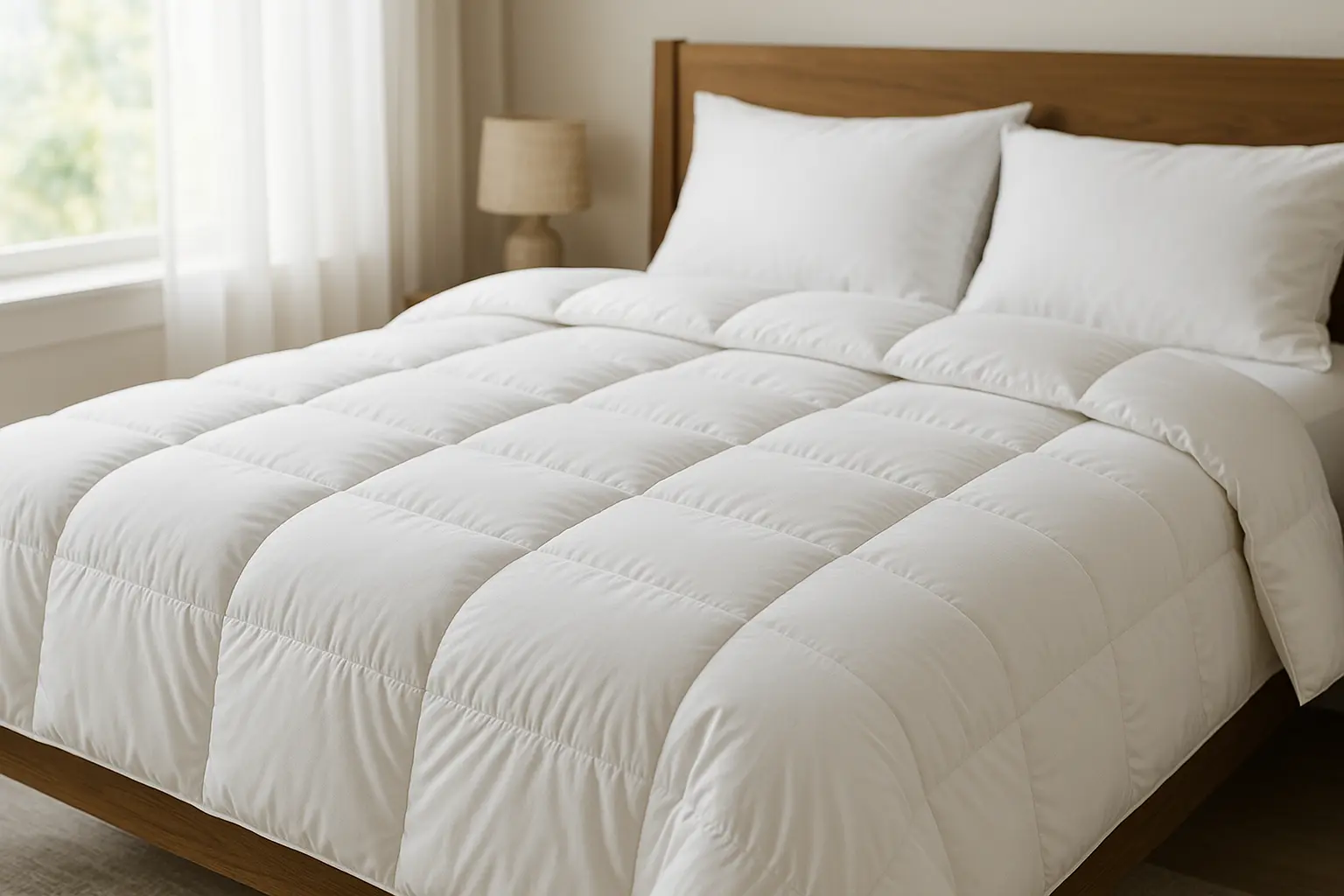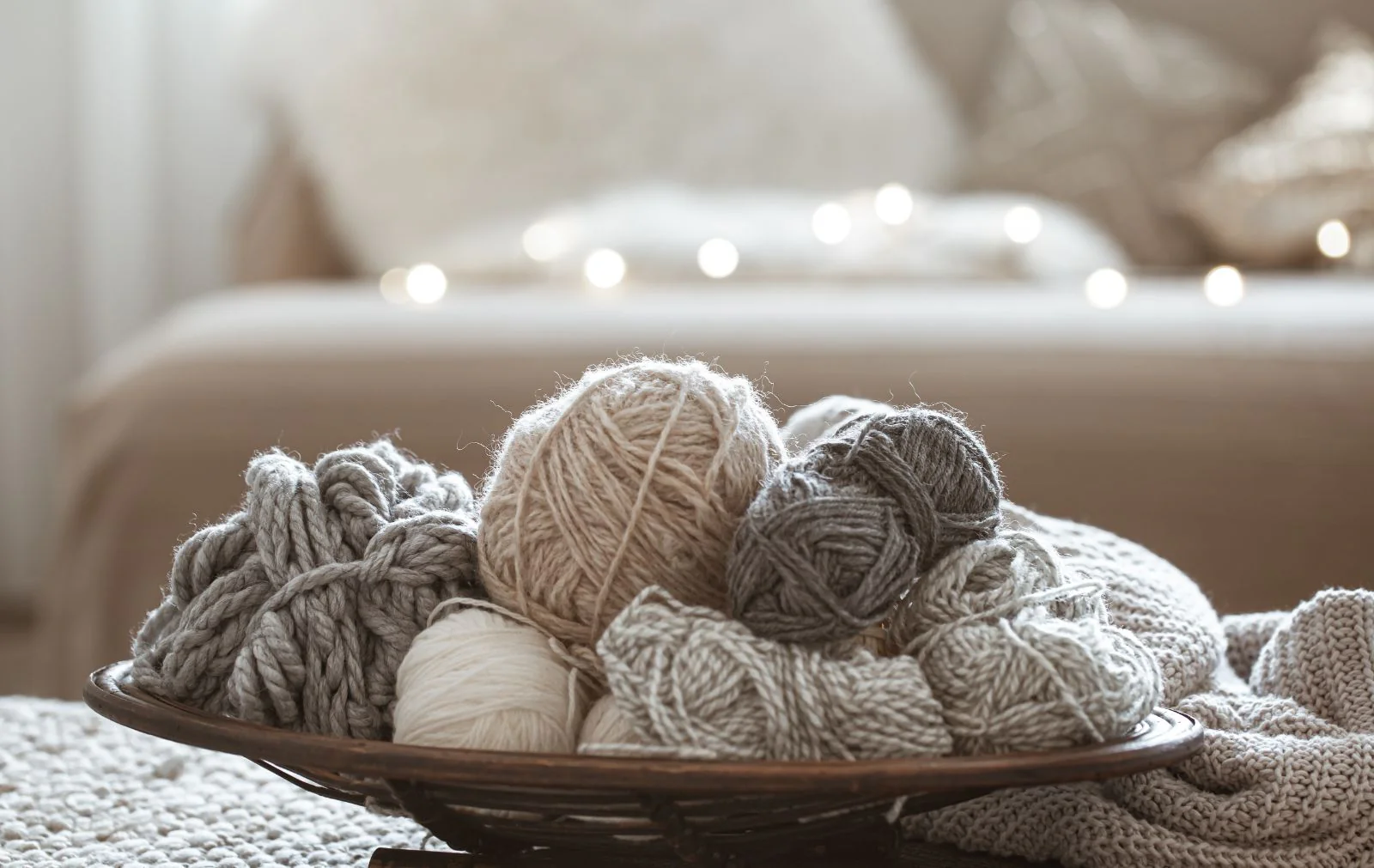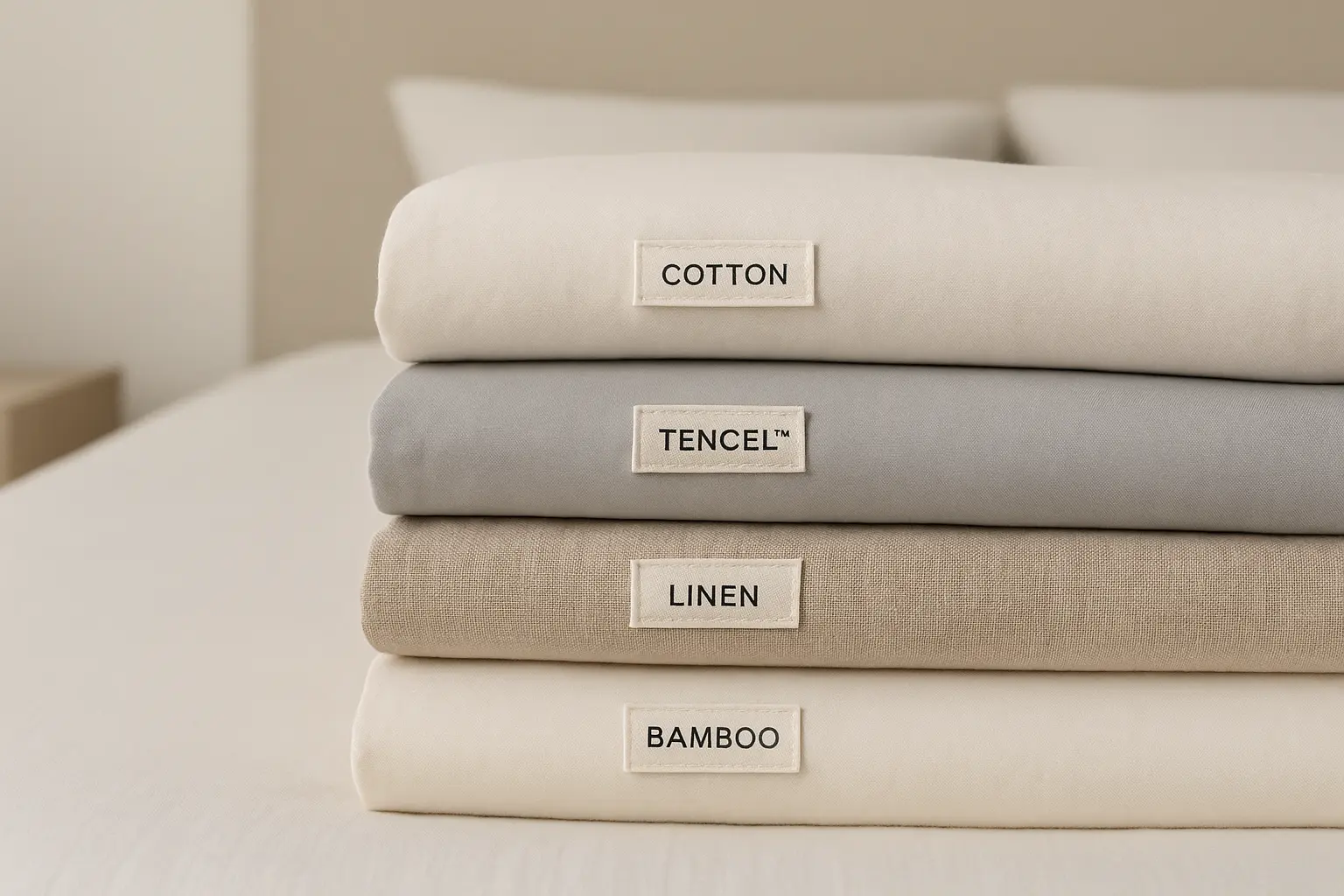Your mattress plays a vital role in your sleep quality, spinal health, and overall well-being. Yet many people sleep on the same mattress far beyond its recommended lifespan—sacrificing comfort and hygiene in the process.
So, how often should you replace your mattress? The answer depends on its type, quality, usage, and visible wear. This guide helps you determine the ideal replacement cycle and the warning signs that it’s time for a new one.
(more…)
